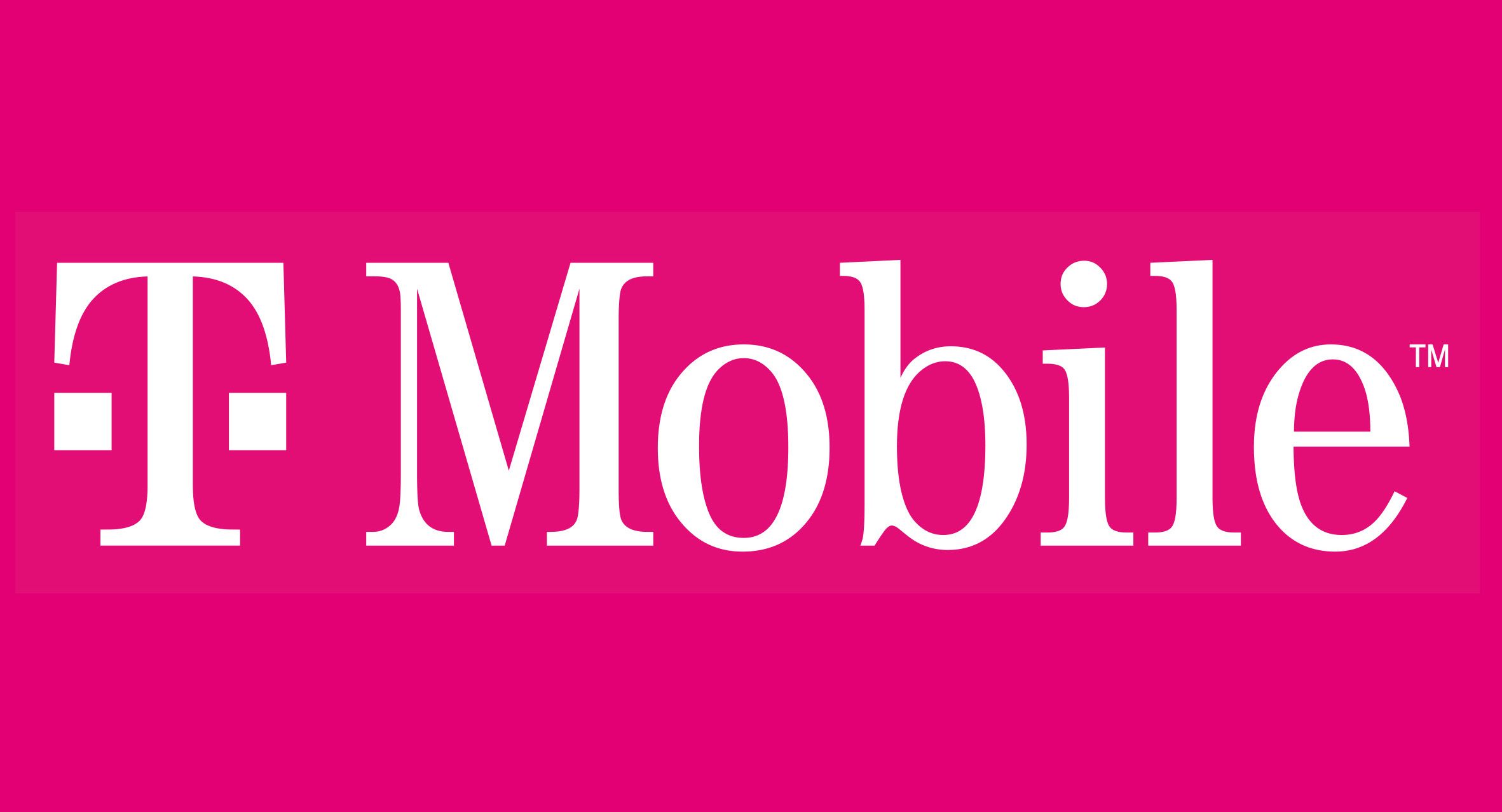If you have a smartphone and live in the US, you're no doubt familiar with the scourge of robocalls that bombard our telephone systems. There were over 50 billion robocalls placed in the last year — even the head of the FCC can't keep them away from her phone. The proposed answer to this inundation of unwanted calls is STIR/SHAKEN, a system designed to authenticate the information in your caller ID. T-Mobile is among the carriers working to improve caller ID verification, so it's no surprise that it's taking another step towards establishing industry best practices.
Today, T-Mobile announced it's working with the cellular telecommunications trade group, CTIA, to develop a list of regulations and policies for businesses to take advantage of this new caller ID program. This move builds on the carrier's progress throughout the last half-decade. Three years ago, it was one of the first companies to implement the new STIR/SHAKEN protocols, while last summer, it placed the first wireless call to make use of Rich Call Data.
There are a few technologies at play here, but the foundation of all of them is the STIR/SHAKEN protocols. Basically, it's a process for the origin of a call to verify itself to the terminus of a call, preventing caller ID spoofing. Built into STIR/SHAKEN is something called Rich Call Data. RCD is an improved, powerful version of caller ID. Instead of limiting its display to a name and a number like traditional methods, RCD allows businesses to include a logo, website, and a reason for calling.
Now, amidst all this talk of verified calls, there's the elephant in the room that we've yet to mention: Google. Two years ago, Google rolled out its own version of verified calls independent of the STIR/SHAKEN protocol. However, Google's requirements differ quite a bit from other implementations. To participate in Google's calling program, a business needs to register itself with the company, routing its outgoing calls through Google's systems. Even then, that branded information is only displayed to a caller using Google's Phone app.
Luckily, T-Mobile's system — the same one demoed last summer — won't need that extra infrastructure. A third party like Google won't verify the RCD when placing a call. Instead, it's verified by those STIR/SHAKEN protocols, meaning it won't be an extra service — it will be wholly integrated with the incoming call. This enhanced caller ID isn't publicly available yet, but hopefully, this announcement from T-Mobile means we'll be seeing it on all our smartphones soon.

